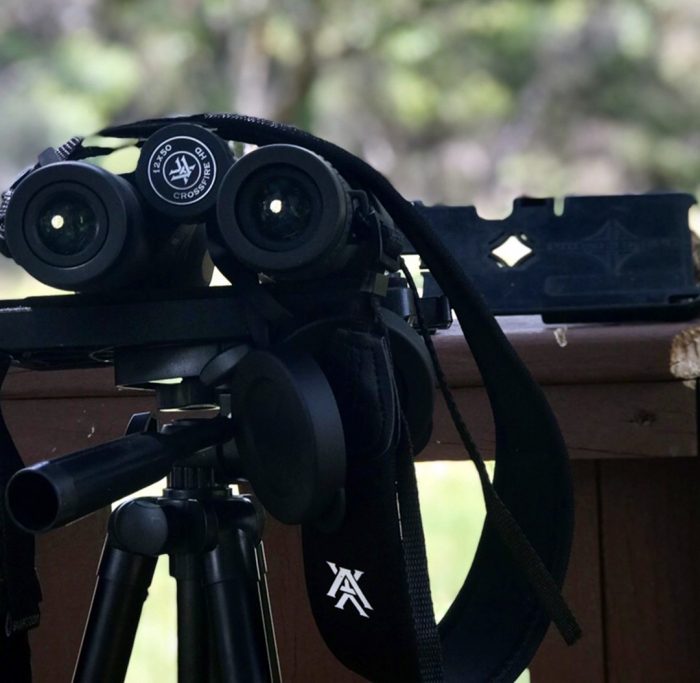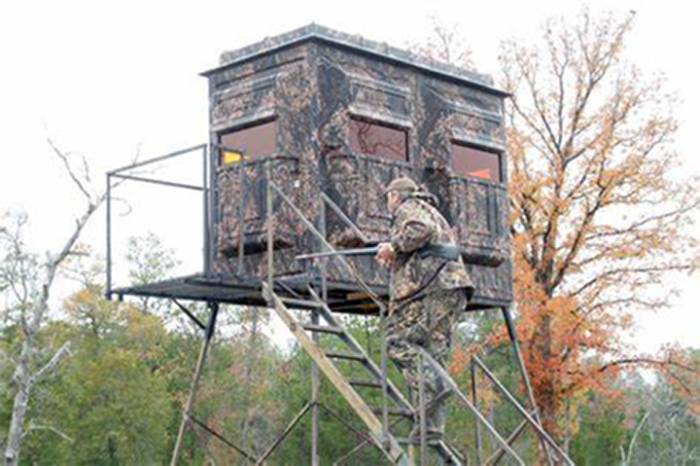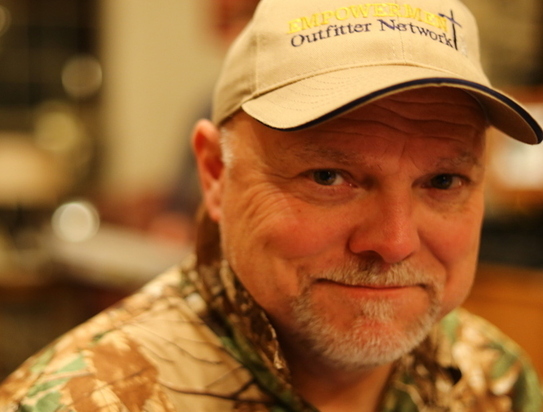The Phone Skope Solution: 5 Great Setups for Whitetail Digiscope Scouting
I’ve often said that scouting is hunting – and it should be treated as such. The same goes for digiscoping. That’s why my Phone Skope adapter kit is a close second to my bow or rifle when it comes to hunting and scouting. Whether bearing a weapon or not, it can go a long way toward locating a good buck and learning how he uses your hunting grounds.
Digiscoping is done outdoors, and for success, you have to physically navigate the landscape and settle into favorable spots for viewing. It involves putting your hunting knowledge and skills to the test. If you’re not, you should be. Whitetails are wary creatures, and maintaining a concealed and undetected position when scouting will improve your results.
Regardless of property size, utilizing sightlines of the expanses you hunt can pay huge dividends in terms of hunting success. Of course, seek views of favorable land features such as draws, food sources, and known bedding areas. Likewise, use deer sign to your advantage. For example, make sure you can view zones containing known scrapes or rubs from a distance.
Unlike the vast landscapes found in places like the northwest, whitetail hunting grounds are usually smaller in scope, especially for those hunting parcels less than 50-acres. While digiscoping from the truck can work well, there is no substitute for hitting the field, searching for spots with good vantage points for viewing deer behavior.
To supercharge your scouting in this way, all you need are your favorite optics, smartphone, tripod, and Phone Skope adapter kit. This combination of gear is lightweight and can be utilized in a variety of hunting settings. Here are four basic places from which to glass and ultimately digiscope deer in your area.
The Natural Choice
Ambush setups made from existing field elements were around long before blinds were commercially manufactured or constructed on the driveway. Using fallen timber or heavy stands of cover is hard to beat for hunting. They are also great for setting up your digiscoping gear for scouting. Natural ground blinds are my favorite, especially on warm days.
If possible, pick a relatively flat area for your tripod. If not, make sure you have a telescoping tripod that will accommodate sloped or uneven ground. Embellish the natural cover with cuttings of nearby brush. To avoid being silhouetted, don’t forget to create a solid back drop with more brush or dark cloth. Settle in for some tremendous digiscoping action out in the fresh air.
Portable Blinds
There is nothing like a good popup blind for pursuing whitetails, especially for bowhunters. They can not only be moved around, but are roomy. Made from camouflage material, they blend in well. Best of all, they also conceal movement and, to some degree, scent. Like for hunting, set it up ahead of time to give area deer a little time to get used to it. Once you do, it’s primed for spreading out your gear and capturing deer patterns through digiscoping.
The Box
I love scouting from a well-placed box blind. Like with popup blinds, deer blinds or “shooting houses” are more forgiving in terms of your ability to move around a little. Perhaps the biggest advantage is that they usually have a solid floor, providing a steady foundation for tripods. Also, many have a generous shooting ledge ideal for short bipods and tripods. For that matter, they make for a steady brace for free-hand viewing and digiscoping.
Outbuildings and Other Structures
While often not as available, don’t be afraid to utilize an available structure for viewing and capturing deer movement. If one exists with a good field of view, move in for a few hours. After all, area wildlife has long-since become accustomed to them. Some of my best scouting has been done from old barns, sheds, and abandoned livestock trailers.
Utility Vehicles
All-terrain vehicles (ATVs) and Utility task vehicles (UTVs) are standard on many farms, ranches, and hunting leases. If you have one, put it to use for your digiscope scouting. What they lack in stealthiness, they make up for in portability, convenience, and storage. Not only can they cover a lot of ground, but they can also be maneuvered into heavy cover and, if positioned right, have a solid floor for using a tripod if you have one with a perch on top, even better. To address the noise factor, I prefer electric UTVs, even repurposed golf carts. Last but not least, utility vehicles provide storage for your gear. Heck, most of them have a cupholder for your coffee. Just saying…
There are so many ways to view and capture images and video through digiscoping. Leave the pavement and hit the fields and woodlots with your optics, smartphone, and digiscoping adapter kit. Oh, and don’t forget a comfortable chair. Scouting has never been more fun and rewarding.
Based in Texas, Jerald Kopp is President of 1st Light Hunting Journal. His articles cover a variety of topics about hunting and the outdoor lifestyle. Jerald is an avid outdoorsman with deer hunting and whitetails being by far his greatest passion. He was introduced to hunting and fishing at an early age and has been enjoying it for 40+ years. In 2005, he established the Empowerment Outfitter Network (EON) – a faith-based non-profit organization that provides hunting opportunities for disabled and terminally-ill children and youth. When not hunting, he spends his time traveling and enjoying life with Amy, his wife of over 30 years. Jerald and Amy have two adult daughters and a son-in-law.






